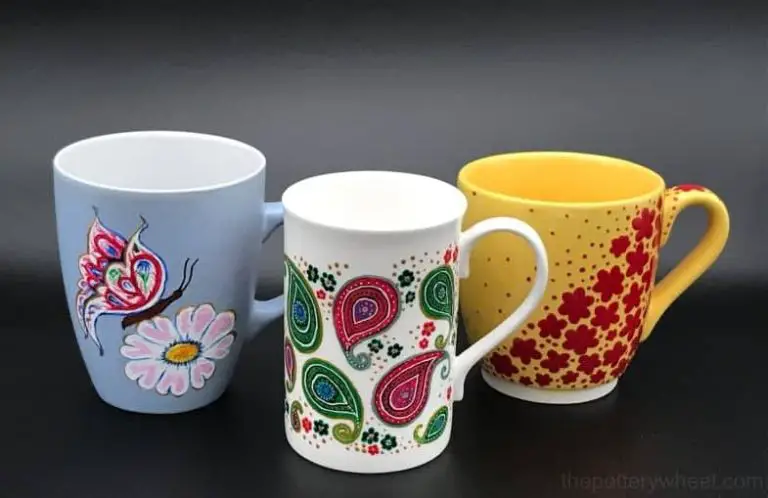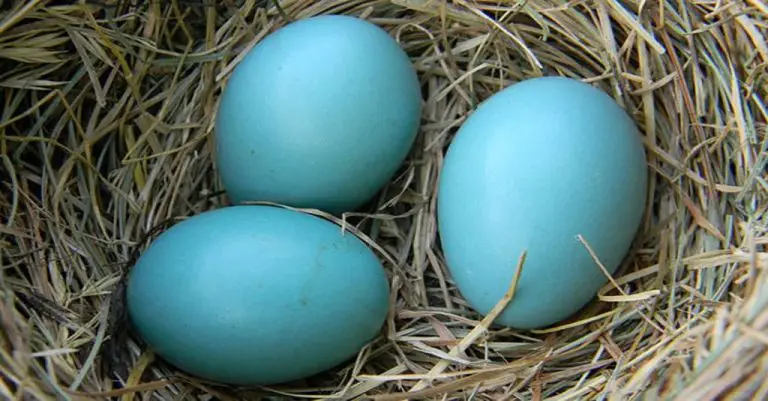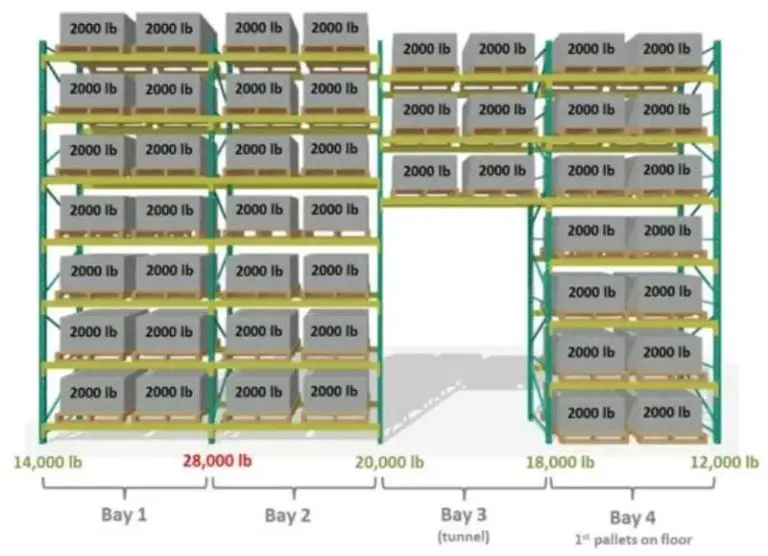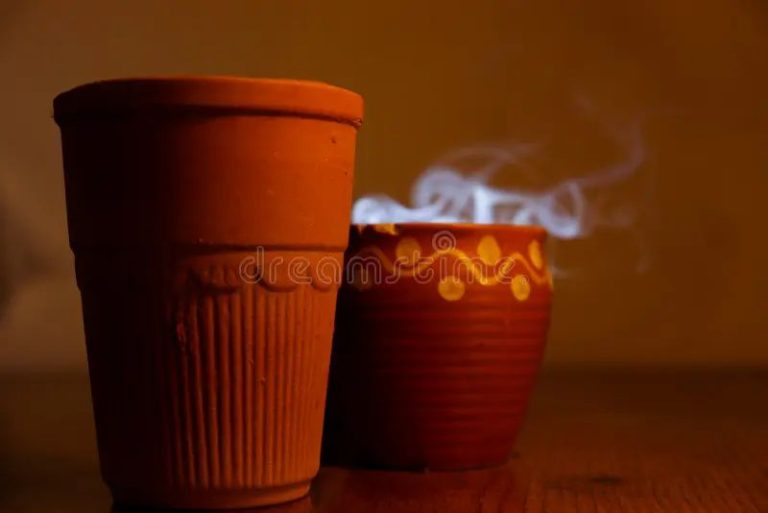What Is The Difference Between A Cappuccino Cup And An Espresso Cup?
Cappuccino and espresso are two popular coffee drinks that have distinct cups designed specifically for their preparation and presentation. This article will provide an overview of the key differences between cappuccino and espresso cups in terms of size, shape, material, handle design, saucers, art and aesthetics, and proper use cases for each type of cup.
History
The history of espresso cups and cappuccino cups is intertwined with the history of coffee and espresso itself. Coffee was first popularized in Italy in the 16th century, and the first espresso machine was invented in Italy in 1884 (Caffè Aiello). Traditional espresso cups as we know them today emerged in the early 20th century. An Italian designer named Giulio Cappellini created the iconic espresso cup shape in 1915 (Lavazza). These early espresso cups were thick porcelain with no handles. The saucer was integral to avoid burning hands.
Cappuccino gained popularity later, becoming widespread after World War II. The cappuccino cup as we know it emerged in the 1950s-60s. Early cappuccino cups were similar to espresso cups but larger to accommodate more milk foam. Handles were added to accommodate the increased weight. While espresso cups have changed little over time, cappuccino cup designs continue to evolve along with coffee preparation methods.
Size
Cappuccino cups are typically larger than espresso cups. According to Majesty Coffee, a standard cappuccino cup size is 5 to 5.5 ounces (150 to 160 ml), while a traditional espresso cup holds around 1.35 to 2 ounces (40 to 60 ml) of liquid.
The cappuccino’s larger cup size accommodates its composition of 1/3 espresso, 1/3 steamed milk, and 1/3 foamed milk, totaling around 5-6 ounces. In comparison, an espresso cup only needs to contain the 1-2 ounce shot of espresso itself, plus a little extra room for crema on top.
On Reddit, a barista confirms that “The standard for a traditional cappuccino is 6oz”, while an espresso alone would traditionally use a smaller 2 ounce cup.
EspressoCanada recommends choosing a cappuccino cup that holds no more than 180 ml in total volume, so that the proportions of espresso, steamed milk, and foam remain balanced.
Shape
Cappuccino cups and espresso cups have distinct shapes that serve different purposes. Cappuccino cups are wider and shallower, while espresso cups are taller and narrower.
The wide, shallow shape of the cappuccino cup allows the frothy milk of a cappuccino to be contained without overflowing the edges of the cup. The cup is shaped this way so the froth can be appreciated visually as part of the drinking experience.
In contrast, espresso cups are taller and narrower to highlight the concentrated espresso. The smaller volume of liquid is suited to the smaller cup size and allows the crema or foam to be contained and appreciated. The narrow shape helps retain heat and aroma as the espresso is consumed.
The different shapes cater to the unique characteristics of each drink – cappuccino is a milk-based drink meant to be savored slowly, while espresso is a quick, intense shot.
Material
Cappuccino cups and espresso cups can be made from different materials, with the most common being porcelain, bone china, glass, and plastic. Porcelain is a popular choice as it retains heat well while also being durable and chip-resistant. Bone china is a high-quality material that is translucent, delicate, and able to withstand high temperatures. Glass allows you to see the crema on top of the espresso but may feel hot to the touch. Plastic is inexpensive but may not retain heat as well. The material chosen impacts the overall drinking experience.
Cappuccino cups are often made from thicker porcelain or bone china to maintain heat, prevent cracking or chipping, and handle frequent use. Espresso cups can be thinner and more delicate since a single espresso shot is consumed quickly. Thinner materials like bone china allow for a lighter cup that cools faster after the espresso is consumed.
The choice between materials is largely based on aesthetics, durability, heat retention, and budget. Porcelain and bone china are classic choices for both cappuccino and espresso cups, providing an elegant look and feel while also performing well. Overall the optimal material comes down to personal preference and drinking habits.
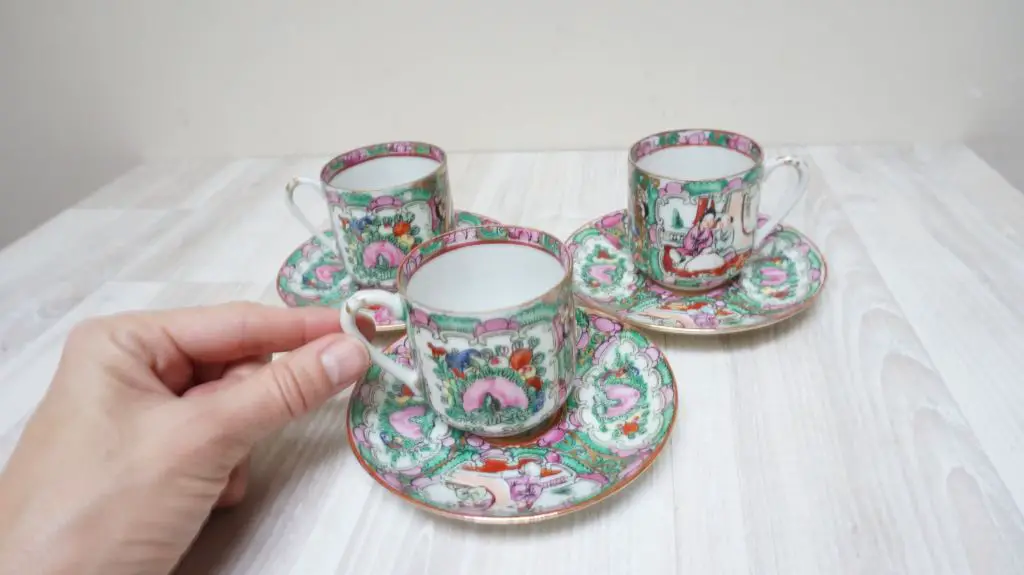
Handle
One of the primary differences between a cappuccino cup and an espresso cup is the handle. Cappuccino cups tend to have larger, more pronounced handles compared to espresso cups.
Cappuccino cup handles are designed to be easy to grip and hold, as cappuccinos tend to be larger drinks that are consumed slowly. The handles are often thick and curved, making them very easy to hold. Sometimes the handles are even adorned with decorative shapes or patterns.
Espresso cup handles tend to be much smaller and daintier. Since espresso is consumed quickly in small sips, the handle doesn’t need to be as easy to grip for long periods. Espresso cup handles are typically thin, straight, and understated. Some espresso cups may even have no handle at all.
The size and style of the handle is a key difference that relates directly to the drinking experience for each type of coffee. Cappuccino cups emphasize comfort and ease of holding, while espresso cups prioritize simplicity and minimalism.
Saucer
An espresso cup will typically come with a corresponding saucer, while a cappuccino cup may or may not. The saucer serves both functional and decorative purposes.
For an espresso cup, the saucer is essential for proper drinking technique. After making a shot of espresso, it is customary to place the espresso cup on its saucer to let the crema develop. The drinker then brings the cup to their mouth while the saucer remains on the table. This prevents warming the cup with their hands and cooling the espresso.
Saucers for cappuccino cups are less vital. Cappuccinos contain more milk and less concentrated espresso, so there is less need to preserve heat. The saucer is more for aesthetics or holding a spoon. Some cappuccino drinkers may leave the cup on the saucer between sips, while others grip the cup directly.
In summary, saucers are integral to the espresso ritual, while optional for cappuccinos. The espresso saucer enables proper drinking technique, while the cappuccino saucer simply provides decoration or utility.
Art and Design
Cappuccino cups and espresso cups often feature beautiful and intricate designs. Cups may showcase artistic patterns, lavish gold leaf accents, or hand-painted artistry. Many display floral motifs, abstract shapes, or landscape scenes. Some depict cultural icons like the Leaning Tower of Pisa or Eiffel Tower. Others showcase Rococo-inspired swirls. Espresso cups tend to have smaller surface areas so designs must be petite and intricate. Cappuccino cups’ larger canvases allow for bolder patterns. Cups may be glossy white porcelain, glass, or ceramic in vivid colors. The saucer’s design usually coordinates with the cup’s pattern. Espresso and cappuccino cups are frequently used to showcase stunning artistry and make a statement on one’s table.
Use Cases
Cappuccino cups and espresso cups are designed for their signature drinks and each is best used in specific scenarios:
Cappuccino cups are taller and wider, with thick walls to retain heat and room for the foamed milk topping. They are ideal for cappuccinos which are made with equal parts espresso, steamed milk, and foamed milk. The cup size ranges from 150-180ml to accommodate the volume of the beverage.
Espresso cups are smaller, with thinner walls, typically holding 60-90ml. They allow you to appreciate the concentrated flavor and aroma of a straight espresso shot. The smaller vessel highlights the crema and allows it to be maintained longer before dissipating.
Espresso cups can also be used for macchiatos which contain just a dollop of foam. Some specialty coffee drinks like cortados are served in in-between sized cups around 130ml.
The choice between a cappuccino cup or espresso cup comes down to the type of coffee drink being prepared and personal preference for appreciating its tasting notes.
Conclusions
In summary, the key differences between a cappuccino cup and an espresso cup are the size, shape, material, handle design, and saucer size. Cappuccino cups are larger, with wider rims and taller sides to accommodate the frothy milk topping of a cappuccino. They are around 5-6 oz capacity compared to the 1-2 oz capacity of an espresso cup. Cappuccino cups also often have two handles rather than one and come with a saucer to match their larger size. Espresso cups are smaller with a more tapered shape to maintain the crema of the espresso. They are usually porcelain or glass. Material doesn’t matter as much for cappuccino cups.
The main use case for an espresso cup is to drink straight espresso, while a cappuccino cup is designed for cappuccinos but can also accommodate other milk-based espresso drinks like lattes. Choosing the proper cup brings out the best in each type of coffee drink.

